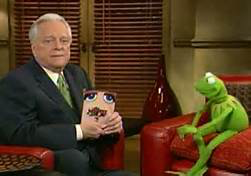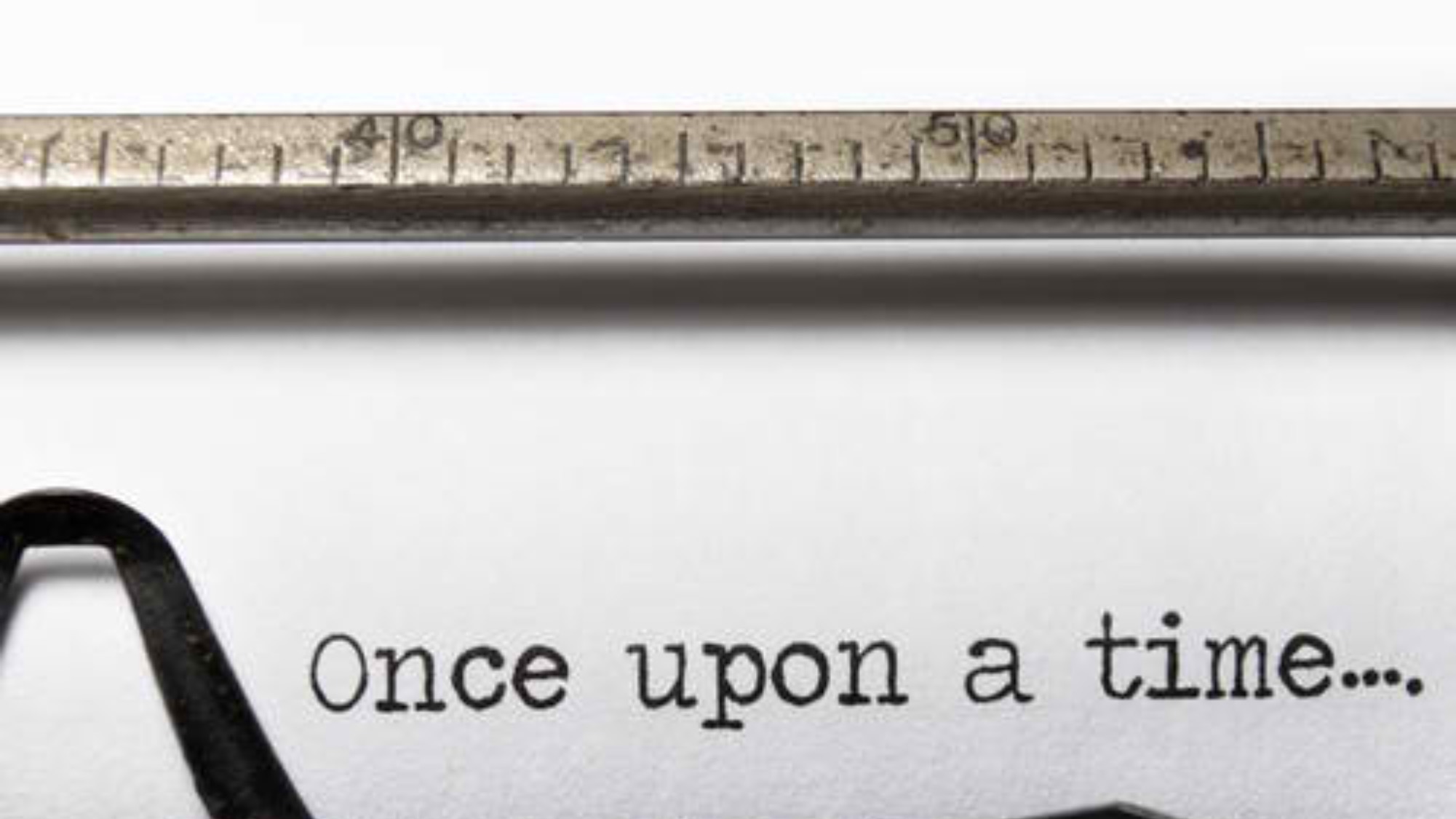I’ve been working with a morning show recently that only has one “gear.” The male partner is “Ron Radio,” talking to the listener like she’s 20 feet away (when, in reality, the listener is just a couple of feet away, in the car). The female partner, who’s new to radio, has what I guess a lot of people would call a “bubbly” personality. And, of course, she’s unnaturally loud, too – following his lead.
The problem here is that their too loud, “way too up” approach doesn’t quite sound real. And if you’re ALWAYS “up,” then when something really bad happens that you need to comment on – another school or mall shooting, or God forbid, another plane flies into a building – chances are good that it’s going to sound either sort of bi-polar, or insincere.
I cringe when I hear a PD tell a talent to “have more energy” or to “smile” when they talk. This inevitably results in an almost “terminally giddy” sound, and you’ve got nowhere to GO from there.
You need lots of vocal and emotional “gears” so you can make smooth, believable transitions between different types of subject matter. The minute I hear someone who’s too loud or too “up,” we start working IMMEDIATELY on fleshing out vocal approaches that convey all sorts of different emotions. We already have too many “announcers,” and at least one too many Kathy Lee Giffords.
– – – – – – –
Tommy Kramer
Talent Coach
214-632-3090 (iPhone)
e-mail: coachtommykramer@gmail.com
Member, Texas Radio Hall of Fame
© 2017 by Tommy Kramer. All rights reserved.






